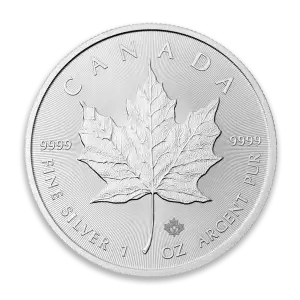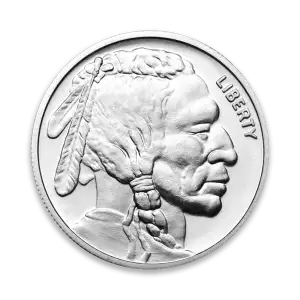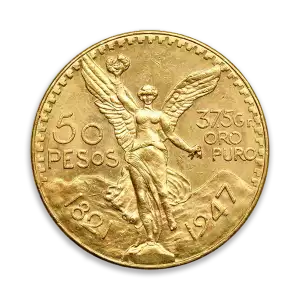Is U.S. Fiscal and Monetary Mismanagement Intentional or Just Systemic Failure?
Your question raises an interesting philosophical and economic debate: Is the decline of the U.S. dollar and the increasing debt burden a result of incompetence, systemic flaws, or a deliberate effort to usher in a new financial order?
Let’s break this down using historical patterns, economic reasoning, and game theory.
1. The Case for Systemic Failure (The “Hanlon’s Razor” Argument)
One explanation for U.S. fiscal and monetary mismanagement is simple: governments are short-sighted and incompetent rather than conspiratorial.
A. Short-Term Thinking & Political Incentives
Politicians prioritize re-election over long-term stability. Both parties engage in excessive spending and debt accumulation because fiscal restraint is politically unpopular. The Federal Reserve and policymakers react to crises (e.g., 2008 financial crisis, COVID-19) with short-term fixes (money printing, stimulus) that create long-term problems (inflation, debt bubbles).
B. Bureaucratic & Market Capture
Wall Street, the Federal Reserve, and the government are deeply interconnected. The financial system is designed to benefit large banks and corporations through bailouts, stock buybacks, and money printing rather than focusing on sustainable economic policies. The revolving door between Washington and Wall Street ensures that financial elites make policy decisions in their favor, not necessarily in the public’s best interest.
C. Historical Precedent: Empires Always Mismanage Their Currency
The Roman Empire debased its currency (reducing silver content in coins) until collapse. The British Empire inflated its way out of debt, leading to the pound’s decline after WWII. The French Assignat (1790s) collapsed due to hyperinflation caused by government overspending.
Conclusion: Governments don’t need to conspire to destroy their own currency. They just follow the same destructive economic patterns seen throughout history.
2. The Case for a Deliberate Transition (The “Controlled Demolition” Argument)
On the other hand, some argue that the decline of the U.S. dollar is not accidental—but engineered.
A. The Move Toward a Digital Dollar & Central Bank Digital Currencies (CBDCs)
The Federal Reserve and other central banks are actively exploring CBDCs as a way to replace cash with programmable money. A controlled collapse of the dollar could justify the introduction of a new, government-controlled digital currency. If the current system becomes unstable enough, people will accept a new system as a “solution” to the chaos.
B. The "Great Reset" Narrative (World Economic Forum & Global Elites)
Organizations like the World Economic Forum (WEF) have openly discussed the idea of a global economic “reset.” Klaus Schwab’s "You will own nothing and be happy" slogan implies a shift toward a system where governments and corporations control resources, while individuals become dependent on centralized systems. U.S. economic policy (reckless spending, inflation, growing corporate control) aligns with these globalist goals.
C. De-Dollarization & the Rise of a New Monetary Order
The U.S. is allowing the dollar’s decline while China, Russia, and BRICS nations create alternative trade and payment systems. If the U.S. truly wanted to preserve the dollar’s dominance, it would be more fiscally disciplined. Instead, massive debt accumulation seems designed to force a future “reset.”
Conclusion: If a government wanted to intentionally destroy its own currency and economic system to introduce a new one, it would look exactly like what the U.S. is doing now.












